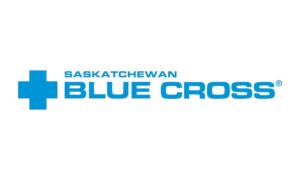Making Financial Assistance Programs Equitable and Accessible

Making Financial Assistance Programs Equitable and Accessible
An estimated 41 percent of adults in the US are in medical debt because of unpaid medical or dental bills. Medical debt can profoundly disrupt lives; it can lead to bankruptcies and loss of homes or wages and force difficult choices between basic needs and medical bills. As of 2023, 19 states and the District of Columbia have stepped in to establish standards for hospital financial assistance programs, but even with standards in place, patients can have a difficult time accessing assistance. First, patients are not always aware of the financial assistance available to them. Second, even when patients are aware of the existence of a financial assistance program, their ability to access this benefit can be limited by the complexity of the application process.
In a recently published article on JAMA Internal Medicine, CHIR faculty member, Maanasa Kona, discusses the steps states can take to move the onus of accessing financial assistance away from patients and onto hospitals. The article also discusses the need for state regulation of predictive analytic tools that many hospitals now lean on to make financial assistance eligibility decisions.




